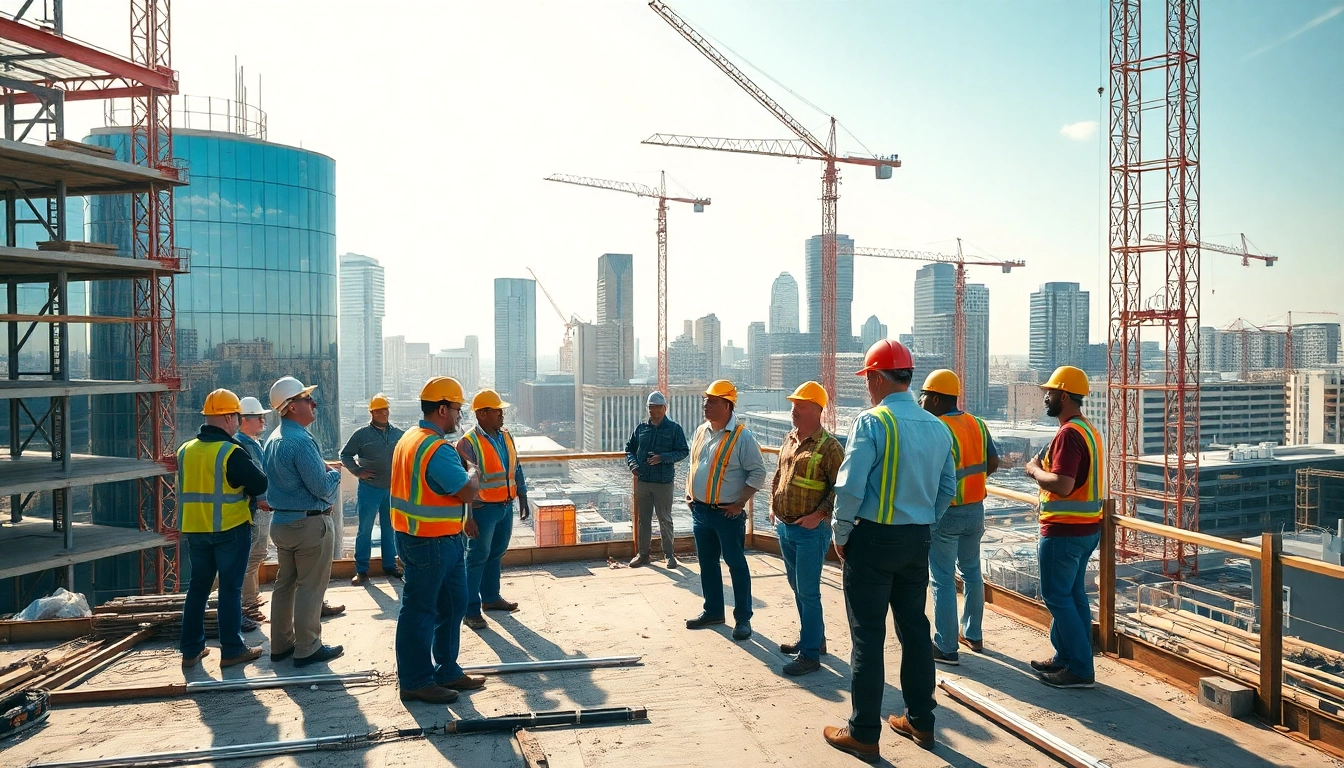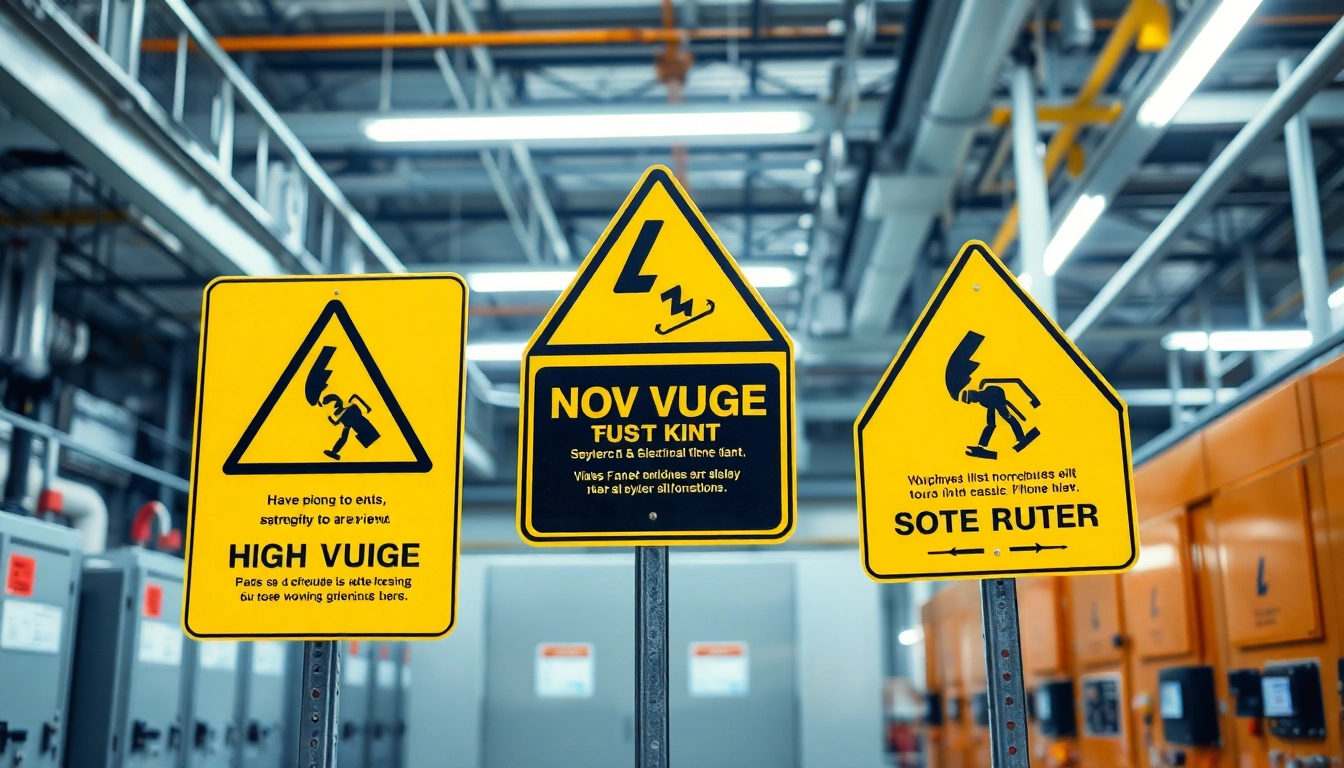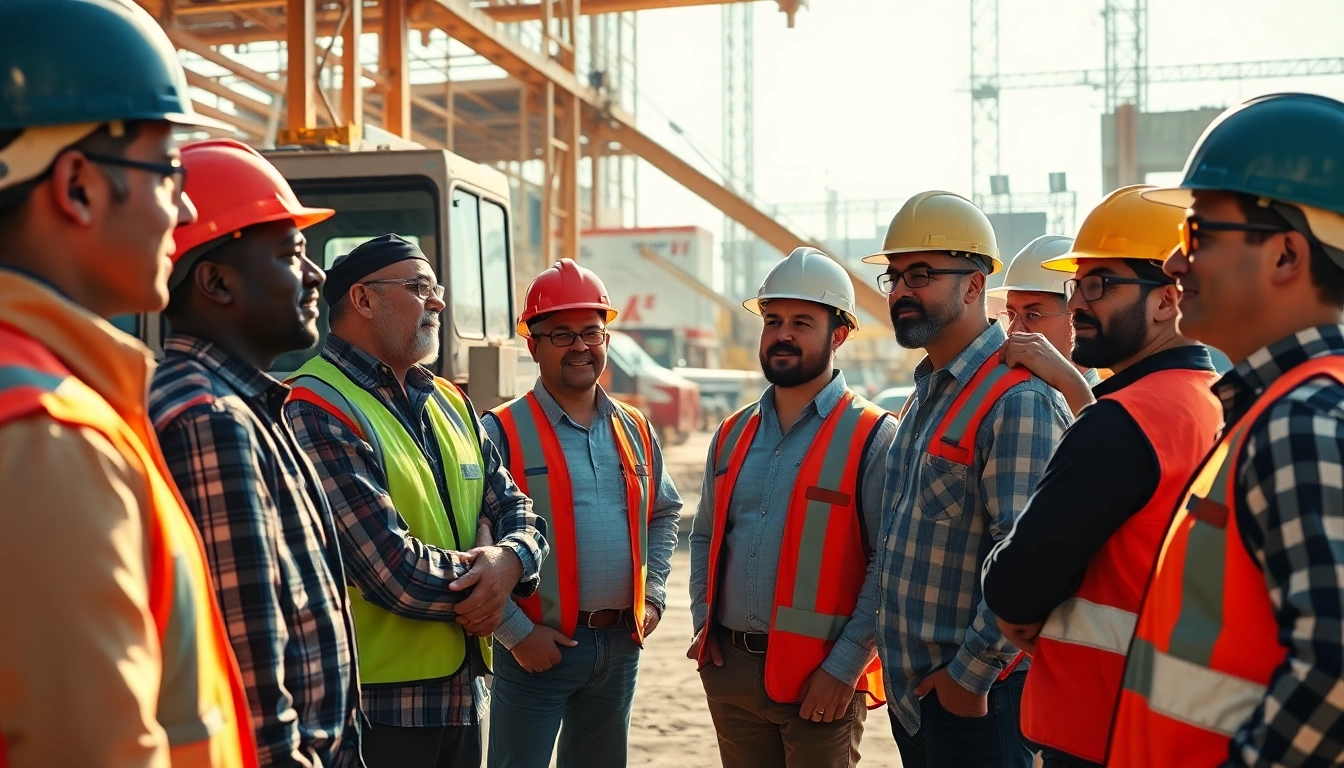Understanding the Austin Construction Landscape
Austin, Texas, known for its vibrant culture and booming economy, has witnessed significant transformations in its construction landscape over the years. The city’s rapid growth has prompted an evolution in building practices, innovations, and regulations, making a deep understanding of this landscape crucial for stakeholders in the field. With a focus on austin construction, this article delves into the historical context, current trends, and future prospects of construction in the area.
History and Evolution of Construction in Austin
The history of construction in Austin dates back to the city’s founding in 1839. Initially characterized by modest wood-frame houses, the construction practices evolved significantly through the decades. The 20th century saw a shift toward more durable materials such as brick and concrete, reflecting broader architectural trends throughout the United States.
By the mid-1900s, rapid urbanization began to change the skyline of Austin, prompting larger commercial buildings and multifamily residential units. The tech boom of the late 1990s and early 2000s further accelerated this trend, giving rise to modern skyscrapers and expansive mixed-use developments. Today, the construction landscape is a blend of traditional Texas architecture and cutting-edge designs that reflect sustainability and innovation.
Current Trends Shaping the Industry
In the current climate, several key trends are shaping the construction industry in Austin. Notably, there is an increased demand for affordable housing solutions due to the city’s booming population. This has led to innovative approaches like modular construction techniques and the incorporation of smart home technologies.
Moreover, sustainability has become a cornerstone of new developments, with many projects focusing on environmentally friendly practices. The rising importance of resilience against climate change is steering developers towards designs that utilize sustainable materials and energy-efficient technologies.
Key Players in Austin Construction
The Austin construction scene is thriving with the involvement of various key players, including established construction firms, emerging startups, and a plethora of subcontractors specializing in niches like electrical work, plumbing, and landscaping. Some of the most influential firms are those that continuously adapt to innovation and sustainability.
Local government entities also play a significant role by imposing regulations that ensure safety, environmental protection, and compliance with zoning laws. Collaborative efforts between public and private sectors foster healthy competition and drive industry growth.
Major Projects Transforming Austin
Iconic Developments and Their Impact
Austin is home to numerous iconic developments that have reshaped its urban landscape. Notable projects such as the new Austin Central Library and the Dell Medical School reflect the city’s commitment to fostering innovation and community engagement.
These developments not only redefine the physical spaces but also enhance social productivity, creating hubs for education, art, and health research. Such investments signify the city’s long-term vision for sustainable urban development, improving quality of life for residents.
Sustainable Building Practices in New Projects
The push for sustainability in the Austin construction sector is evident in various new projects. Examples include the use of rainwater harvesting systems, solar energy integration, and green roofs which mitigate urban heat while enhancing biodiversity. Many new buildings are being designed to meet LEED certification standards, demonstrating a commitment to responsible construction.
Furthermore, the adoption of innovative materials such as recycled steel and locally sourced wood helps reduce the carbon footprint associated with new construction, making Austin a leader in eco-friendly building practices.
Challenges Facing Large-Scale Developments
Despite the positive trends, large-scale developments in Austin face several challenges. One significant hurdle is the city’s rapid population growth, which, while driving demand for new construction, also places pressure on existing infrastructure. Coordinating with utility services and public transport can slow down project timelines and complicate logistics.
Additionally, navigating regulatory landscapes can be cumbersome, as developers must adhere to a range of building codes and zoning laws. Engaging with community stakeholders early in the development process is essential for minimizing conflicts and ensuring project success.
Innovations in Construction Technology
The Role of Smart Technologies in Building
A significant advancement in the Austin construction scene is the incorporation of smart technologies into the building process. Smart sensors and IoT devices are being integrated into both residential and commercial properties to enhance functionality and energy efficiency. These technologies allow for better monitoring of resources, leading to significant cost savings in the long run.
Furthermore, building information modeling (BIM) has revolutionized how architects and contractors collaborate, ensuring that all parties are aligned throughout the project lifecycle. This integration of technology enhances transparency and helps mitigate common issues such as budget overruns and schedule delays.
3D Printing and Prefab Construction Trends
3D printing is gaining ground as a transformative technology in construction, allowing for the rapid prototyping of building components and even entire homes. This method significantly reduces material waste and shortens construction timelines, addressing one of the major challenges in the industry. Similarly, prefab construction is becoming popular in Austin, where homes and commercial structures are constructed off-site then assembled in place, leading to efficiencies in labor and time.
These innovations not only promise reduced costs but also bring about unique design possibilities and customization that are attractive to both developers and future occupants.
Improving Efficiency Through Modern Engineering
Modern engineering techniques are also making significant impacts on construction efficiency in Austin. Advances in materials science have led to the development of stronger, lighter materials that can withstand the pressures of the Texan climate while requiring less energy to produce.
Additionally, drone technology is being leveraged for site surveys, reducing time and labor costs while enhancing accuracy in measurements. This level of efficiency ensures projects stay within budget and timelines, providing a competitive edge in a rapidly evolving market.
Regulations and Compliance in Austin Construction
Understanding Local Build Codes and Permits
For anyone looking to engage in construction within Austin, a solid understanding of local build codes is essential. The city enforces specific regulations designed to safeguard public health and safety, dictating everything from structural integrity to fire safety. Obtaining the necessary permits before commencing work is crucial, as non-compliance can result in significant penalties and project delays.
Resources from the city’s planning department offer guidance on navigating the permitting process, ensuring all projects align with local laws.
The Impact of Zoning Laws on Development
Zoning laws fundamentally shape the development landscape in Austin. These regulations influence where certain types of construction can occur and dictate the density of developments. As the city’s needs evolve, so too do zoning laws, creating both opportunities and obstacles for developers.
Understanding these regulations and advocating for necessary changes requires collaboration with the local government and community stakeholders to ensure that developments meet the needs of a growing population.
Ensuring Safety and Environmental Compliance
Ensuring safety and environmental compliance is not just a legal requirement but a moral imperative for construction firms in Austin. Adhering to OSHA safety standards, conducting regular site inspections, and providing ongoing training for workers in safety practices is essential to protect employees and the community at large.
Moreover, the integration of environmental compliance practices, such as waste minimization and pollution prevention strategies, is becoming increasingly important as part of corporate social responsibility efforts.
Future Outlook for Austin Construction
Predictions for Market Growth and Demand
The Austin construction market is expected to continue growing, fueled by job creation in various sectors, including technology, healthcare, and education. As the demand for housing and commercial spaces rises, particularly in areas surrounding the city center, stakeholders will need to adapt to changing market conditions.
Experts predict that new housing projects will increasingly cater to diverse demographics, from young professionals to retirees, further stimulating demand in the construction sector.
Emerging Construction Techniques and Materials
As the industry innovates, emerging construction techniques and sustainable materials are likely to reshape how buildings are designed and constructed. From biobased materials to advanced insulation techniques, the emphasis on energy efficiency and sustainability will stay at the forefront of future developments.
Architects and builders who embrace these trends will not only attract environmentally conscious consumers but also contribute to a more sustainable urban environment.
Preparing for Economic Changes and Their Effects
The economic climate can significantly affect the construction industry. Upcoming economic changes, whether due to recessions, shifts in interest rates, or fluctuations in job growth, necessitate strategic planning from construction firms. Being equipped with agile business models allows companies to withstand economic disruptions and position themselves for recovery when conditions improve.
Through regular market analysis, stakeholder engagement, and a commitment to innovation, firms will be better poised to navigate the complexities of Austin’s construction landscape.



